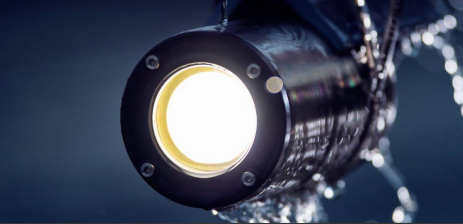Lighting Considerations
Brightness & Illumination The terms “lumens” and “lux” are used to indicate an LEDs brightness and illumination.
Lumens
Lumens is a measurement of the light that a light source emits, regardless of light direction. The more lumens, the brighter and more vivid your images and video will be. For example, a 60-watt LED household light bulb has around 800 lumens while SubC’s LEDs have up to 32,000 lumens, making it the perfect choice for observations at any depth.
Lux
Lux is a measurement of the amount of light that falls on a surface, which differs from the amount of light that is emitted from a light source. Since lux depends on the amount of visible light present and the intensity of the illumination on a surface, the direction of the light source is important.
Without a sufficient lux level, it can be difficult to read or take good photographs. The problem lies in determining what you need to see at that particular ambient light rating. Advertised measurements are also for above the surface and will be completely different in the water. Measuring lux (lumens per square meter) The measurement of lux can be subjective because it depends on variables such as the surface the light is being projected on. Verification of actual sensitivity is difficult and manufacturers have different methods when stating their lux specifications. It is more accurate as a measurement of ambient light (e.g. 0.05–0.3 lux = full moon on a clear night).

